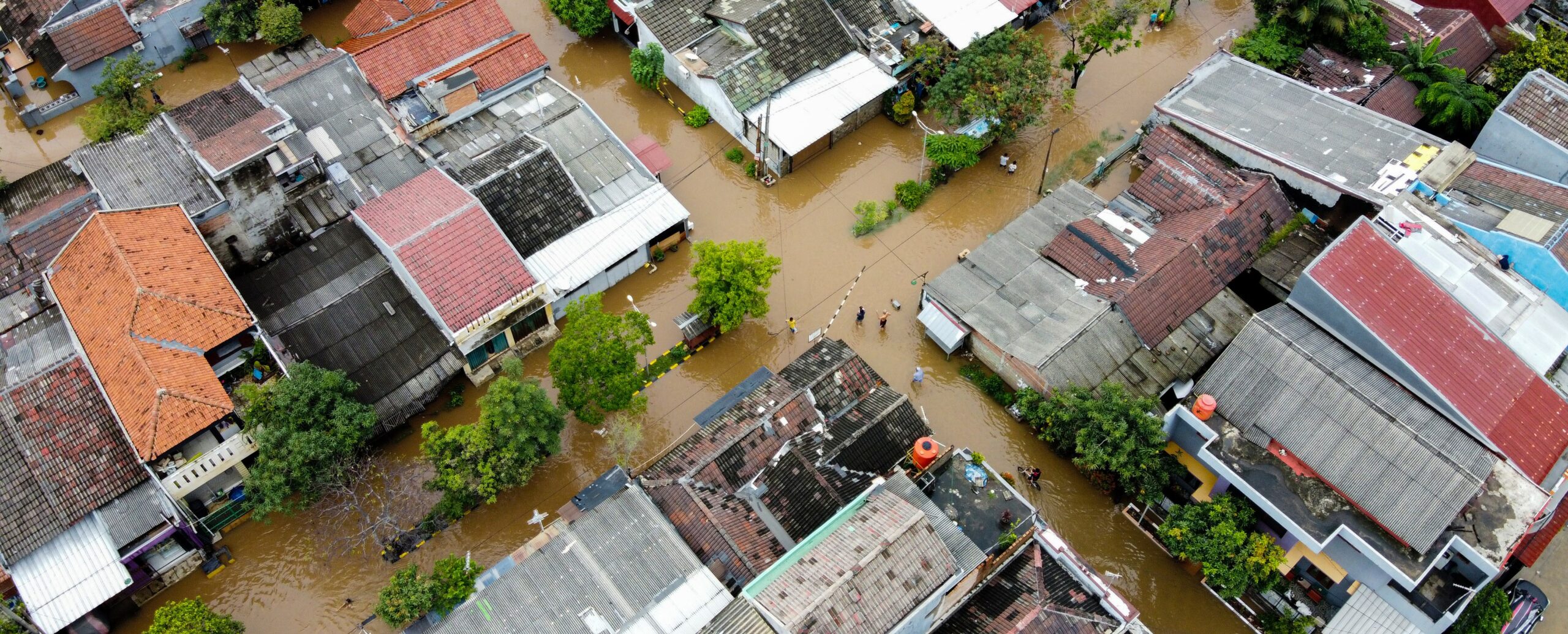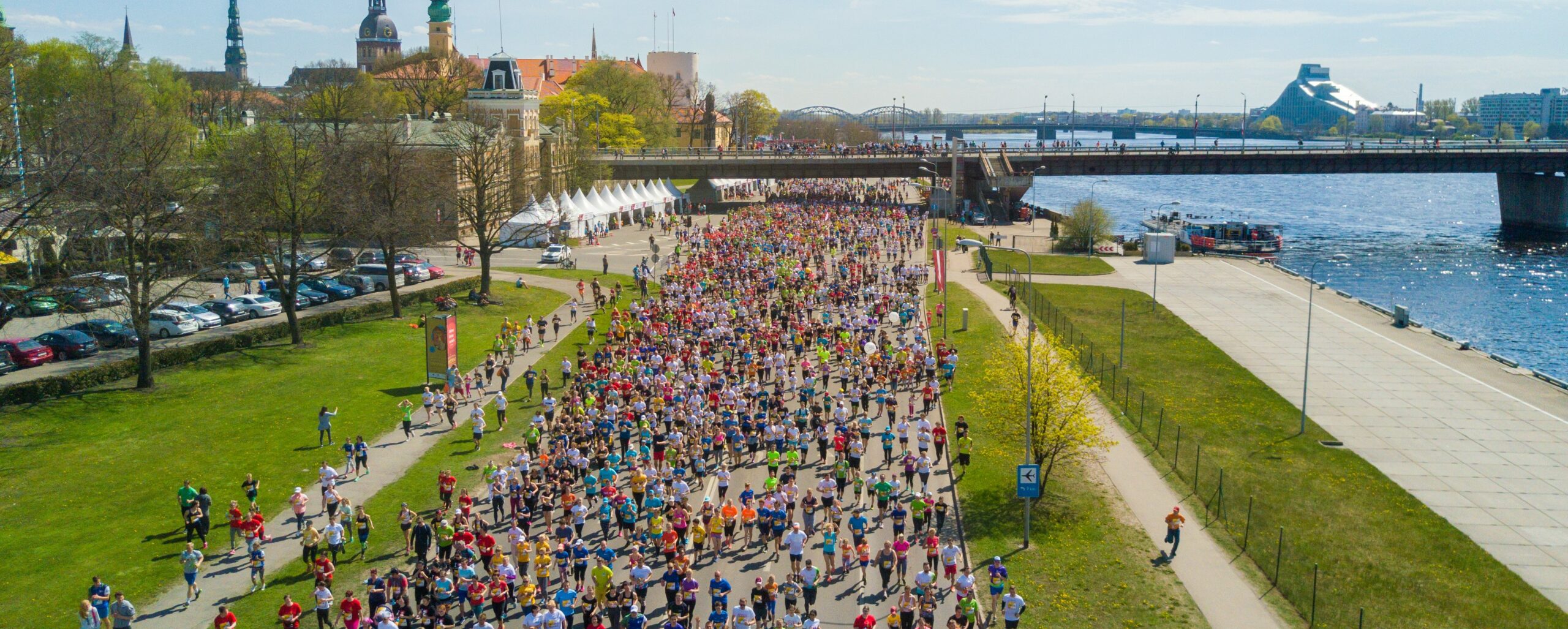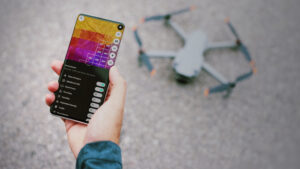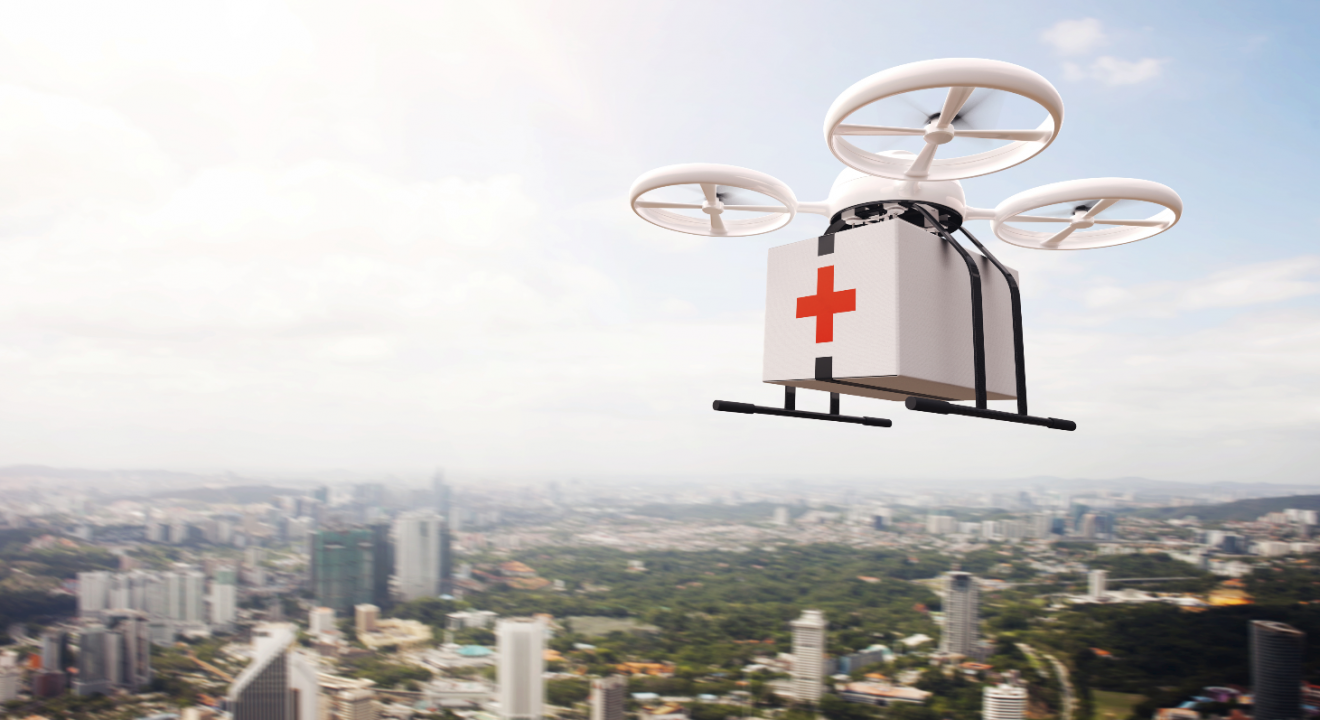Across the globe, drones are helping to solve the medical industry’s most difficult challenges. Just in the last few months, drone technology has supported the fight against COVID-19 by disinfecting outdoor surfaces, delivering test kits, and ensuring compliance with local restrictions. If we look more closely at emergency services, the use cases for unmanned aerial vehicles expand even further. In fact, the medical drone market is expected to grow from $88 million in 2018 to $399 million by 2025. Historically, first responders have relied on ambulances, helicopters, and even boats to respond to emergencies and natural disasters, but drones can help fill the gaps where traditional efforts fall short. We’ll explore four ways drones can help emergency medical workers, law enforcement, and first responders optimize their efforts and save more lives.
Better resource allocation in the wake of natural disasters
The COVID-19 pandemic is considered the worst crisis we’ve faced since World War II. But that doesn’t mean we shouldn’t prepare for other crises on the horizon. Researchers predict the 2020 hurricane season will be more active than normal. Along the US coastline, there’s a 69% chance at least one major hurricane will make landfall, compared to an average 52% over the last century. The challenge is in the wake of a natural disaster such as a hurricane, flood, or fire, it’s often difficult for first responders to assess the damage and provide aid to the most devastated areas. Although manned aircraft and satellites can provide support in mapping the devastation, traditional aircraft can be very costly and satellite imagery often doesn’t meet the high-resolution needs. And both solutions are typically slow to deploy. Drones can provide an alternative solution to survey the damage and allocate resources more quickly and efficiently. After Hurricane Harvey devastated the Houston area, drones were deployed to assess flood and structural damage to homes, roads, bridges, power lines, oil and gas facilities, and office buildings. The drone footage helped monitor levees, predict further flooding, and estimate how long certain areas would be underwater.

More efficient water rescue missions
When roads are flooded and conditions are too dangerous, drones can also aid in delivering life jackets and ropes to rescue displaced residents in high waters. Traditionally, emergency teams have used tactical vehicles and boats to navigate rough water and debris, but this is often a risky, time-consuming process. Drones can enable a faster, safer approach to identify and assist victims with the most urgent needs until emergency teams are able to reach them. For residents that haven’t been displaced, food, water, and medical supplies can be delivered to support their needs until it’s safe to access them. Beyond natural disaster scenarios, drones can also support water rescue missions in lakes, rivers, and oceans. In Australia, lifeguards recently used drones to save two people caught in an ocean swell 700 meters offshore. The drone was able to fly to their location and drop a floatation device within 70 seconds, compared to the average six minutes it would take a lifeguard to reach the swimmers.
Real-time surveillance of events and mass gatherings

Mass gatherings that span large areas, such as marathons, sporting events, and festivals, present many challenges for emergency teams. Historically, these gatherings have relied on updates from workers on the ground who monitor for incidents and report back to a centralized command post. However, response teams typically have a limited view into the crowd and the scope of any incidents that take place. When large gatherings and events begin to resume, drones can help supplement on-the-ground efforts by providing real-time situational awareness with a bird’s eye view. Emergency workers can use livestream footage from drones to spot any injuries, violence, or stampedes in real-time and inform the response based on the severity of the incident. A local police department recently used emergency response drones drones at the Coachella music festival to more accurately surveil the audience for potential threats. First responders were prepared with medical equipment to assist with any injuries as they happened.
Faster response to 911 calls in rural areas
When responding to 911 calls, emergency vehicles always run the risk of being held up by traffic, especially in urban areas. But rural areas have their challenges too. Research shows callers in rural areas wait twice as long for an ambulance. On average, there’s a 13-minute wait in rural areas compared to a 6-minute wait in the city or suburbs. The study also shows 10% of callers in rural areas wait 30 minutes for an ambulance to arrive. In the not-too-distant future, drones will help solve these challenges by transporting patients to hospitals, bypassing roadway traffic altogether and reaching rural areas more quickly. Many companies are already developing prototypes of passenger air vehicles. Often called air taxis, these electric vertical takeoff and landing (eVTOL) vehicles are designed to autonomously transport people. They’re expected to be cleaner, safer, and quieter than traditional aircraft.
The future of emergency response
When artificial intelligence is applied to these applications, drones can be even more impactful. For example, AI-based applications can be trained to spot violent behavior in crowds or detect someone in distress in near real-time. But what will it take to deploy these use cases at scale? There’s no doubt many concerns still need to be addressed from a regulatory and safety standpoint, but the Federal Aviation Administration is already taking steps to enable these advanced operations. In fact, the FAA recently introduced the Tactical Beyond Visual Line of Sight (TBVLOS) waiver for first responders to fly drones beyond visual line of sight in extreme emergencies. From a safety perspective, navigating the airspace can be a daunting task for any organization, but SkyGrid makes it easy to execute emergency response drone missions. Our AerialOS™ uses AI to generate and execute optimal flight paths based on the mission criteria and the airspace conditions. We also take into account vehicle performance and ground conditions to ensure every mission is safe and successful. This approach removes the burden on commercial operators to manually plan, execute, and adapt flights in the complex, rapidly changing sky.


